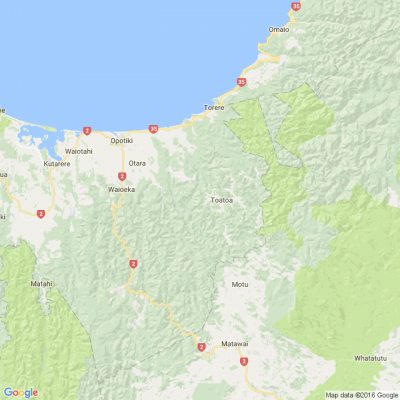What is Yarn: What It’s Made From, How You Make It and More
When researching or reading about different fabrics, you are likely to see the word yarn mentioned a lot. ‘Made from spun yarns’ or ‘with synthetic yarns’ are a couple of examples. But what is yarn? What is spun yarn? Are there other types? What does it all mean, and how much relevance does this bear to your final fabric? That’s what we are here to look at in a little more detail.
What is Yarn?
Yarn is a length of fibres. That’s the simplest way to explain it. It is a continuous length of fibres which are interlocked, and it’s used to produce fabrics, as well as in crocheting, knitting, embroidery and ropemaking.
This means that we can split yarn into two different ‘categories’ of sorts. The thread that is used for embroidery or in sewing machines, as well as yarn (commonly known as balls-of-wool) used in crafts such as knitting or crocheting, are long lengths that are bought as yarns.
The alternative would be a yarn which is then knitted or woven into a fabric. The textile is then bought as fabric, in lengths, rather than the yarn itself being purchased separately. This second description is the one that we will explore further in this post.
What is Yarn Made From?
Yarn can be made from such a variety of different fibres. This includes both natural and synthetic fibres. The most common plant fibre is cotton, however, you can also use other natural fibres such as bamboo. Alongside cotton, the synthetic polyester fibre makes up the two most commonly used fibres. Animal fibres are also often used, such as wool, harvested from sheep, as well as cashmere (harvested from goats) Angora (from rabbits) and silk (from insect larvae).
What is the Difference Between Spun and Filament Yarn?
Spun yarn is made by twisting staple fibres together in either an S or Z twist, to make a single thread. The process of twisting the fibres together into yarn is called spinning and it was one of the first processed to be industrialised. Spun yarns can contain a single type of fibre, or you can spin various types of fibre together to give you a blend.
Filament yarn is made up of filament fibres which are either twisted together or simply grouped together. It can either be composed of one filament, which is called a monofilament, or it could be made of more than one, in which case it would be known as a multifilament. This can be as few as two or three filament fibres, or even up to 50, or more.
Keep reading: www.curtainclean.co.nz...

Today’s Mind-Bender is the Last of the Year! Can You Guess It Before Everyone Else?
You have me today, Tomorrow you'll have more;
As your time passes, I'm not easy to store;
I don't take up space, But I'm only in one place;
I am what you saw, But not what you see.
What am I?
Do you think you know the answer to our daily riddle? Don't spoil it for your neighbours! Simply 'Like' this post and we'll post the answer in the comments below at 2pm.
Want to stop seeing riddles in your newsfeed?
Head here and hover on the Following button on the top right of the page (and it will show Unfollow) and then click it. If it is giving you the option to Follow, then you've successfully unfollowed the Riddles page.

Poll: Cast your vote for NZ's Merriest Home 2024
Neighbourly members across the country have been sharing their festive decor to be in to win the title of NZ's Merriest Home. We've narrowed the entries down to six finalists (our toughest feat yet!).
Now it's up to you!
Click on the name of the finalist to see all of their photos before you cast your merry vote!
Nishan Wijesinghe from Te Atatu South - See all photos here
Mark Williams from Tamatea - See all photos here
Linda Clack from Cockle Bay - See all photos here
Luke Murphy from Hornby - See all photos here
Joanne Isles from Hokowhitu - See all photos here
Kirstyn Tait from Wigram - See all photos here
The finalist with the most votes will win the title of NZ's Merriest Home and $200 to go toward more Christmas goodies!
You can also enlarge the images below by clicking on them. Happy voting, neighbours!
-
17.3% Nishan Wijesinghe from Te Atatu South
-
27.9% Mark Williams from Tamatea
-
6.1% Linda Clack from Cockle Bay
-
25.9% Luke Murphy from Hornby
-
6.9% Joanne Isles from Hokowhitu
-
16% Kirstyn Tait from Wigram













 Loading…
Loading…



















